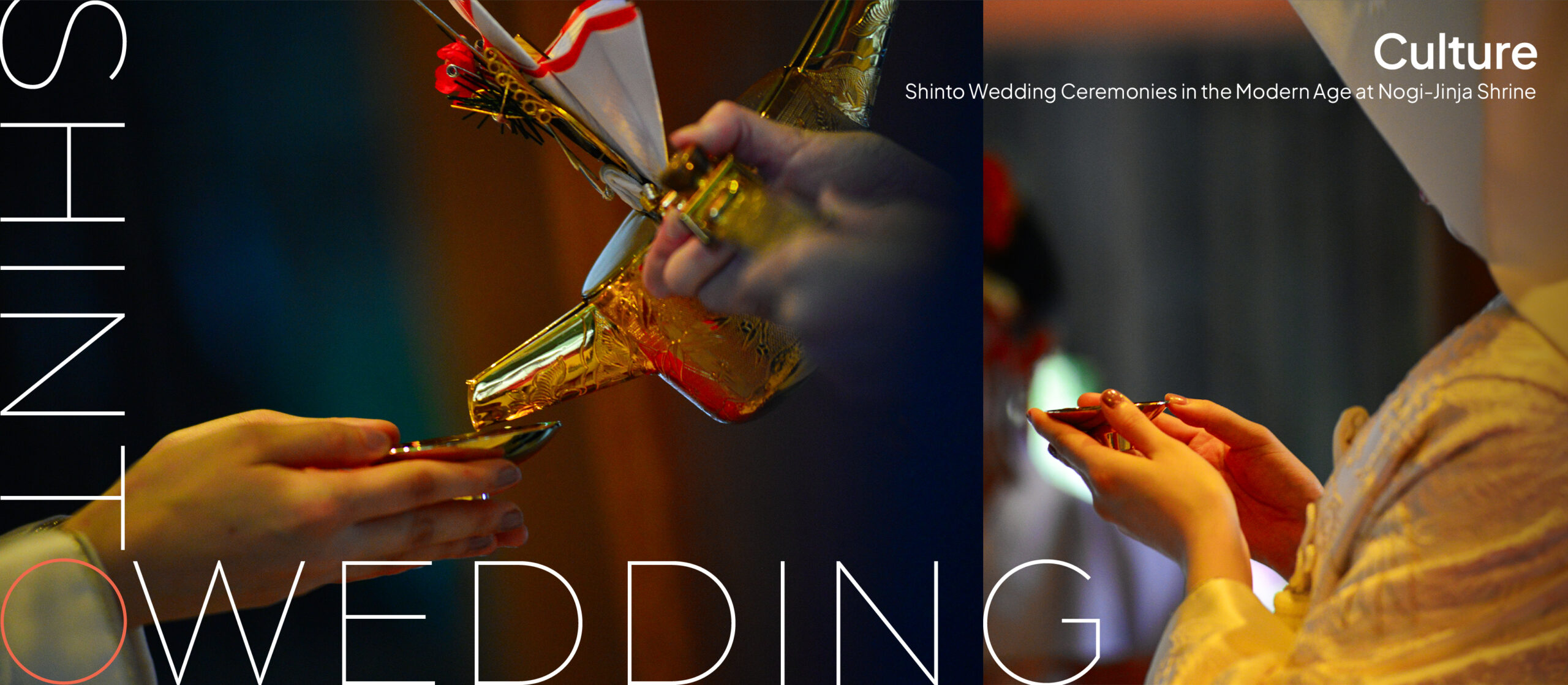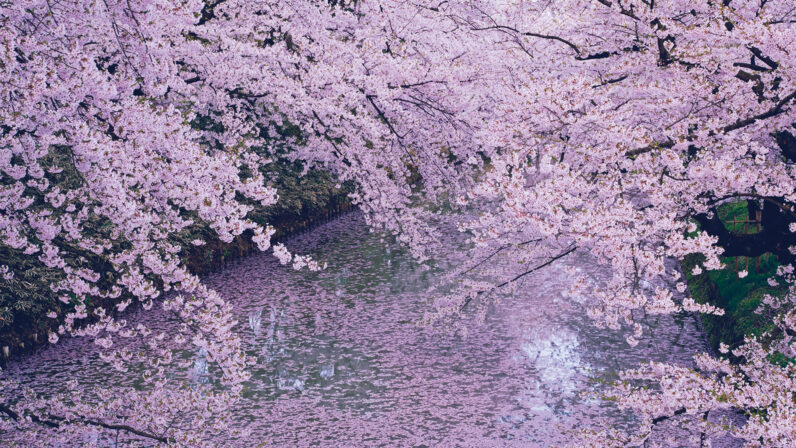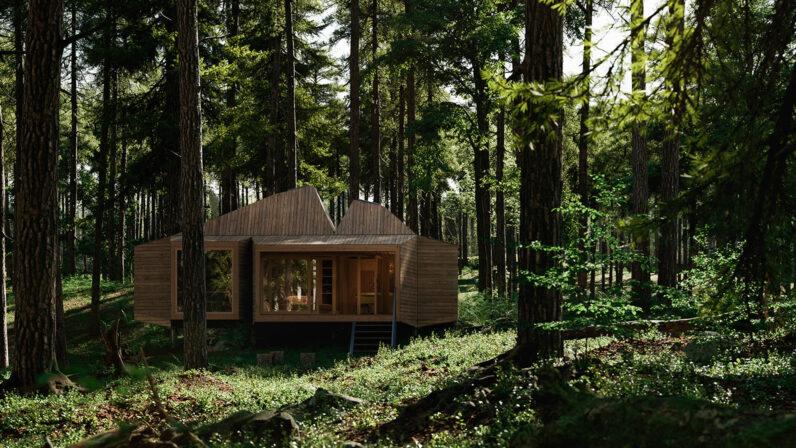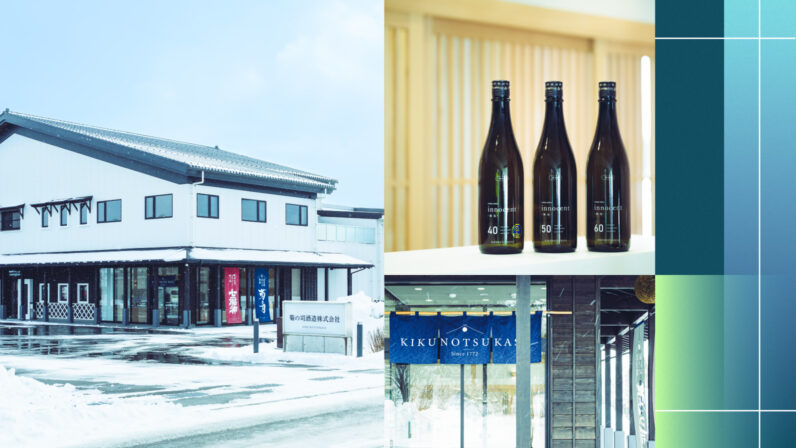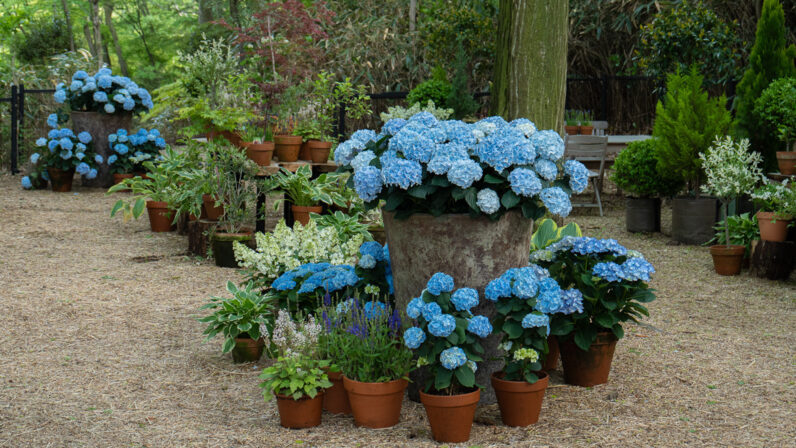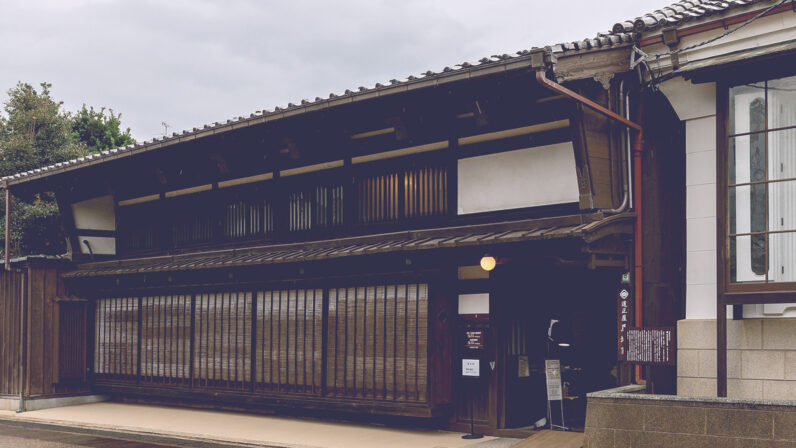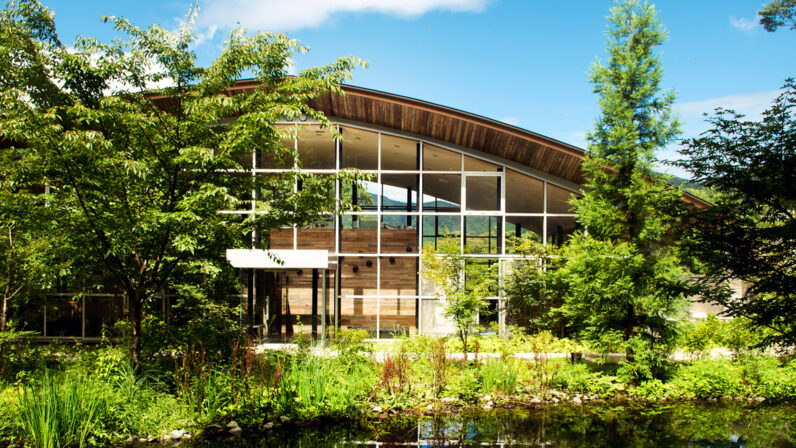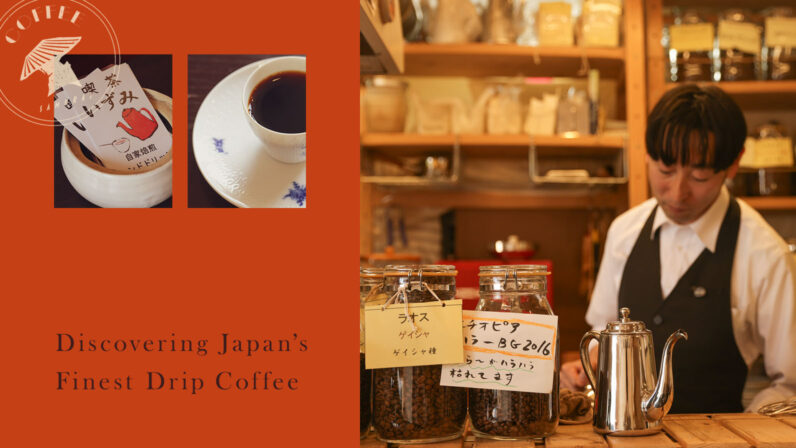One of the joys of traveling abroad is gaining a deeper understanding of the culture of the country. So it’s no surprise that for visitors to Japan, checking out the shrines ranks high on the itinerary. These sacred places offer a window into Japan’s spiritual essence and the fundamental Shinto beliefs that influence the nation’s culture.
While touring shrines is a quintessential part of any journey to Japan, the experience can be elevated by actually partaking in some of these traditional rituals and festivities for yourself. One of these shrine rituals is the Shinto wedding ceremony.
The origin of Shinto weddings
Shinto weddings, which are held at shrines, have a surprisingly short history, dating back to the year 1900.
Prior to that, in Japan, the concept of a single formal wedding ceremony did not exist in the sense that we are familiar with today. Instead, there were separate rituals: Dōgu-ire, delivering bridal tools to the groom’s family; Yomeiri, the bride’s moving to the groom’s family home; and Shūgen, a celebration where relatives and acquaintances were introduced.
The origins of Shinto wedding ceremonies can be traced back to 1900, when the wedding ceremony of the then-Crown Prince (the future Emperor Taisho) took place within the Imperial Palace. The same year, Hibiya Daijingu Shrine (now Tokyo Daijingu Shrine) began Shinto wedding ceremonies for the general public, which gained attention as uniquely Japanese weddings that carried forward the traditions and elegance of ancient Japan. Since then, Shinto wedding ceremonies have become a popular option for couples in Japan tying the knot.
Visiting Nogi-Jinja Shrine
To learn more about Shinto wedding ceremonies, we visited Nogi-Jinja Shrine, which is celebrating its 100th anniversary this year. The shrine venerates General Nogi Maresuke, a highly esteemed military figure and educator, along with his wife Shizuko, as deities symbolizing marital harmony. After Emperor Meiji’s passing in 1912, the general and his wife chose to demonstrate their unwavering loyalty to the leader by opting for a shared fate in death by ritual suicide together.

Next to the shrine is the former Nogi residence, which is open to the public twice a year.
The fact that General Nogi and his wife chose to die together is one of the reasons why Nogi-Jinja Shrine is admired by many as a symbol of love and a bond that extends even into the afterlife. Naturally, because of this history, the shrine is attractive to many couples as a symbolically significant place to hold a wedding ceremony.
Over the course of a century, the shrine has facilitated numerous wedding ceremonies and has become known as one of the most popular locations for traditional Japanese wedding ceremonies in Tokyo.
In Shinto, the concept of Yaoyorozu no Kami, which means “eight million deities,” is rooted in the worship of not only natural elements like rain, wind, mountains, seas, and thunder but also in the belief that all things, including humans, objects, and lands, possess divine spirits.
This perspective leads to the belief that deities inhabit all things in the world. Therefore, the deification of individuals who have made significant contributions to the nation or society is not at all uncommon.
In fact, Japan has numerous shrines like Dazaifu Tenmangu Shrine, which venerates Sugawara no Michizane, and Nikko Toshogu Shrine, dedicated to Tokugawa Ieyasu, who founded the Tokugawa shogunate. This concept of multiple deities with varying roles is another fascinating element of Shintoism and Japanese culture.
Priest Hisashi Ido at Nogi-Jinja Shrine gave us some insight on the nature of the ceremony:
“Typically, when we visit a shrine or perform a ritual, we are there to ask something of the deities. Therefore, we dress the part and perform the appropriate actions. It’s not unlike how if you want to make a big request from someone in your daily life, you’d usually dress neatly, bring gifts the other person would appreciate, and offer greetings. Weddings are the same, where we dress in proper ceremonial attire, present offerings like sake and rice, and dedicate performances such as music and dance as a form of entertainment to delight the deities. By doing this, we hope to please the deities and have our prayers fulfilled.”
What is a wedding ceremony at Nogi-Jinja Shrine like? Let’s take a closer look at the step-by-step process.

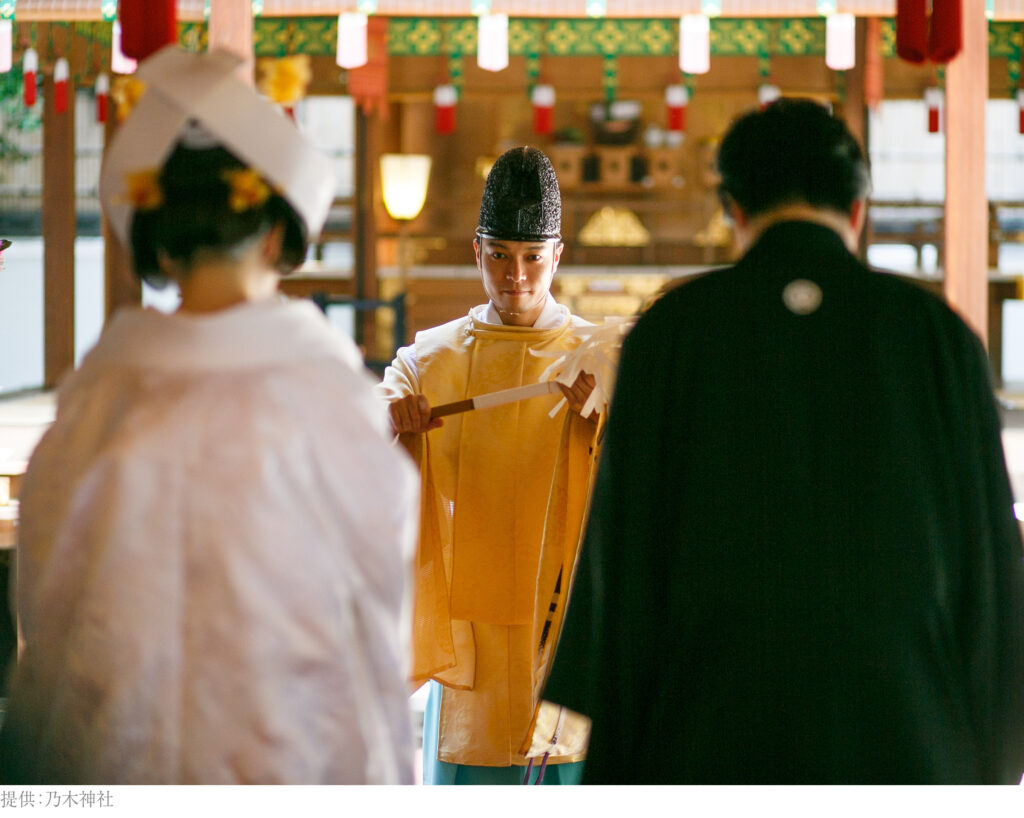

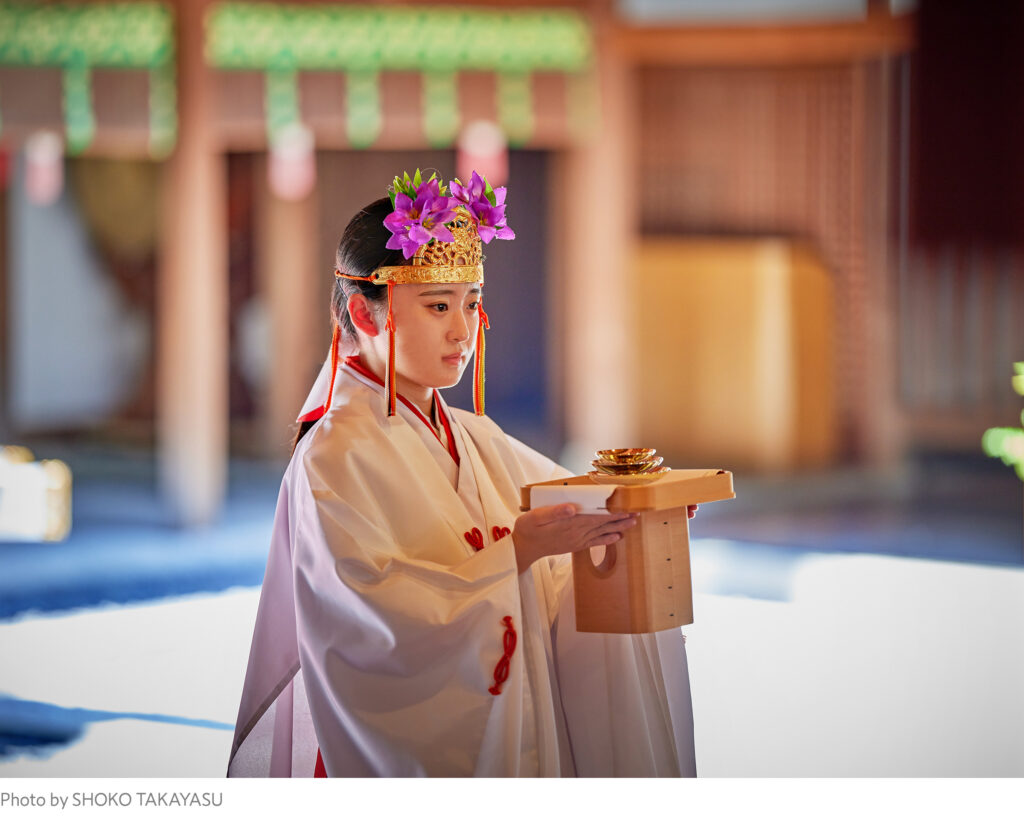

- Sanshin (Procession): Led by Shinto priests and Miko (shrine maidens), and accompanied by live performances of Gagaku traditional court music, the bride, groom, and attendees from both families enter the main hall.
- Shubatsu (Purification Ritual): The Saishu priest performs a purification ritual to cleanse the hearts and minds of the attendees.
- Saishu Ippai (Collective Bow): Everyone at the ceremony bows before the deities together and offers greetings.
- Norito Sojo (Ritual Prayer): A Shinto priest reports to the deities about the marriage of the bride and groom, and prays for their health and happiness in their life together.
- Seihai no Gi (Cup of Vows): The bride and groom exchange vows by drinking ceremonial sake from a shared cup.
- Chikai no Kotoba Houshou (Recitation of Vows): The bride and groom recite their marriage vows.
- Tamagushi Houten (Offering of Tamagushi): The bride and groom make an offering of Tamagushi, which is made with a branch of the Sakaki tree, a tree believed to be where deities dwell.
- Yubiwa no Gi (Ring Exchange Ritual): The bride and groom exchange rings.
- Bugaku Hounou (Dedication of Dance): A dance and music performance is dedicated to the deities.
- Shinzoku Katame no Sakazuki (Family Unity Toast): A ritual where both families solidify their connection by toasting as relatives.
- Saishu Aisatsu (Greeting from the Priest): The priest offers words of congratulations and blessings to both families.
Among the above, the Shubatsu purification ritual is considered the most important part of the ceremony, being that purity is the supreme principle in Shintoism.

It is believed that in our daily lives, we unintentionally commit wrongdoing and gather impurities. Therefore, before conducting the marriage ceremony, a purification ritual is performed to cleanse both the mind and body.
First, the priest recites a purification and cleansing prayer.
Following this, a tool known as the Oonusa, a white wooden wand with paper streamers attached, is shaken in a left-right-left pattern by the priest. This motion is done to transfer impurities onto the Oonusa.
Then comes one of the most distinctive rituals of the Shinto wedding ceremony, the Seihai no Gi (Cup of Vows).
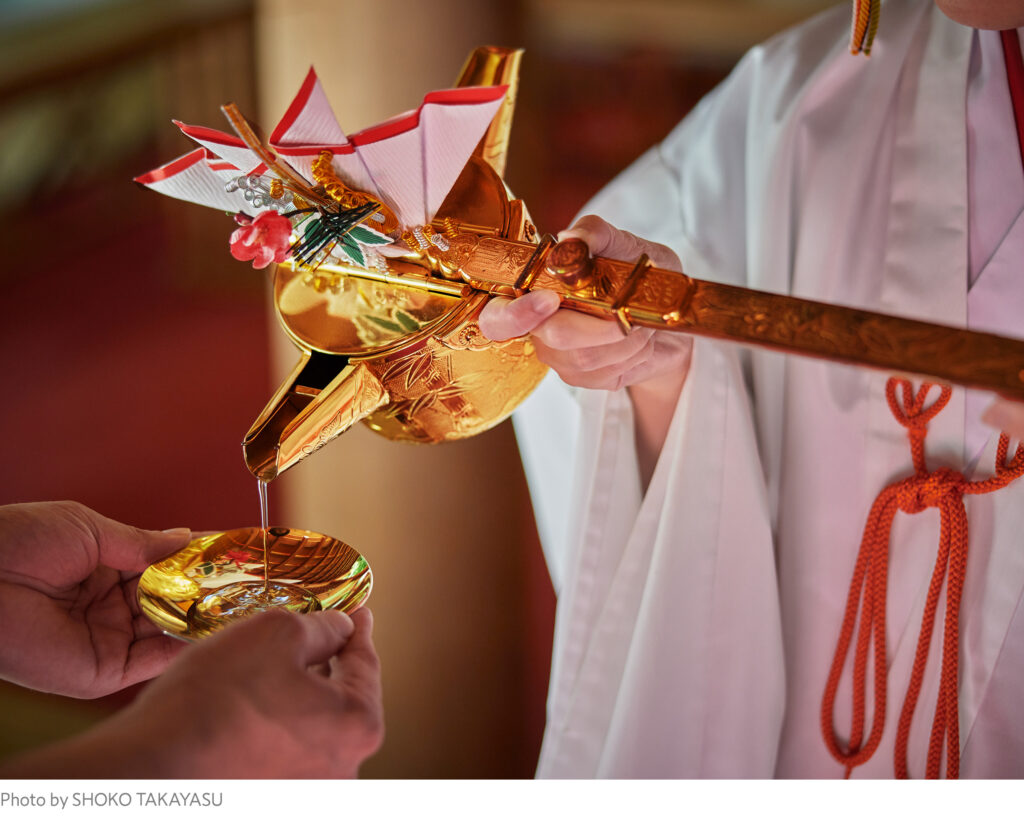
In Seihai no Gi (Cup of Vows), a ritual called San-san-kudo is performed by the couple, which means “thee three nine times.”
This ritual involves the exchange of sake cups, where each sip of sake is counted. This exchange is repeated three times, with the bride and groom taking turns drinking from small, medium, and large cups three times each, totaling nine times. Each sip from the cup has a special meaning. The first sip is dedicated to the deities, the second to the families, and the third to express gratitude to the guests.

Each of the three cups themselves also holds a distinct meaning: the small cup signifies gratitude towards ancestors, representing the past of the couple; the medium cup symbolizes the present, embodying their pledge to cooperate as a united couple from this point forward; and the large cup represents their future, encompassing the prosperity of their descendants and the well-being of their family.
The significance of Sake
According to Priest Ido:
“As offerings to the deities, there are items like rice, sake, salt, and water. Among them, the most crucial is rice. When Japan was formed as a nation, there was a divine command instructing the nation to prosper and be governed through rice cultivation. It’s believed that sake, made from the labor-intensive process of brewing rice, embodies the power of the deities. Therefore, when the bride and groom exchange cups, it signifies being bound together by a divine power. This is the essence of the San-san-kudo ritual.”
One of the unique rituals that makes Nogi-jinja Shrine stand out is the Bugaku Hounou (Dedication of Dance), where the performance of the Nasori dance depicts the movements of a dragon playing on a lake’s surface. This dance is accompanied by live performances of Gagaku music, a distinctive form of traditional Japanese court music.

Nasori dance has a history of being performed during celebratory occasions in the ancient imperial court. Set to the melodies of the traditional Japanese flutes, Hitciriki and Ryuteki, the dancers don masks resembling dragons and hold silver Bachi drumsticks, their footsteps echoing resolutely on the ground with each rhythmic step.
Witnessing this splendid performance transports you through time and space, and you’ll easily forget that you are in the heart of a modern-day city.
Although it is within walking distance from the bustling metropolitan hubs of Roppongi, Akasaka, and Aoyama, Nogi-Jinja Shrine offers a surprisingly serene atmosphere as soon as you step onto its grounds. The semi-outdoor shrine pavilion, enveloped in lush greens like cherry blossoms and various other trees, is a tranquil haven from the outer city.
Nogi-Jinja Shrine was designed by architect Hiroshi Oe, known for his work on the National Noh Theatre and the Kaguraden Hall of Ise-Jingu Grand Shrine, and strikes a harmonious balance between traditional and modern elements.
The main shrine retains a traditional architectural style, while the side corridors exhibit a modern and rhythmic design. The architecture blends weight and lightness in a refined way and is highly regarded as a contemporary architectural masterpiece. It is no wonder that Nogi-Jinja Shrine is so popular for wedding ceremonies.


As one of the most popular shrines for Shinto wedding ceremonies in Tokyo, Nogi-Jinja Shrine hosts an astonishing 460 Shinto wedding ceremonies per year on average. In recent years, as Tokyo has continued to become a more diverse city, the number of international couples opting for a Shinto wedding has also increased.
The majority of ceremonies take place from the morning until around noon. This schedule includes the ceremony and reception, often with lunch served afterward. This contrasts with the trend of evening wedding receptions commonly found in other cultures.
Manabu Ozaki, a manager at Nogi Shrine, explained that the popularity of traditional Japanese wedding ceremonies where couples choose to wear traditional Japanese attire has been gradually increasing among couples in Japan in recent years. Reservations for ceremonies at the shrine are typically made at least half a year in advance or earlier, depending on the season.
According to Ozaki:
“It seems that younger people are now more interested in Japanese culture and actively seeking to embrace it. When considering wedding styles in Japan, there are mainly three categories: Christian-style weddings, non-religious ceremonies, and Shinto weddings. Shinto weddings make up about 15–17% of the total. While this proportion hasn’t changed much over the years, there’s been a rise in non-religious ceremonies with traditional Japanese attire. I think one reason for this trend is that now there is more freedom and variety of rental options for traditional Japanese attire and the increasing choices of hairstyles beyond the wigs that were worn traditionally.”
Culture and traditions are constantly evolving, and it’s exciting to see how more and more options are becoming available for significant moments in our lives, like wedding ceremonies. Nogi-Jinja Shrine, rich in tradition and still so relevant in today’s age, goes to show how deep the cultural layers of Tokyo go and how there is so much more of the city to explore.
Visiting Nogi-Jinja Shrine is worth it to take in the beauty and atmosphere of the shrine itself, and while you are there, it’s likely that you might encounter a Shinto wedding taking place. Furthermore, for those who really want to experience the culture directly and are planning to get married, a shrine wedding may be something to consider.
Nogi-jinja Shrine
Adress : 8-11-27 Akasaka, Minato City, Tokyo 107-0052, Japan
Open : 6:00a.m.~5:00p.m.
■Related Article

Shinto Wedding Ceremonies in the Modern Age (Part 2):
‘Japanese Wedding Attire at CUCURU’

